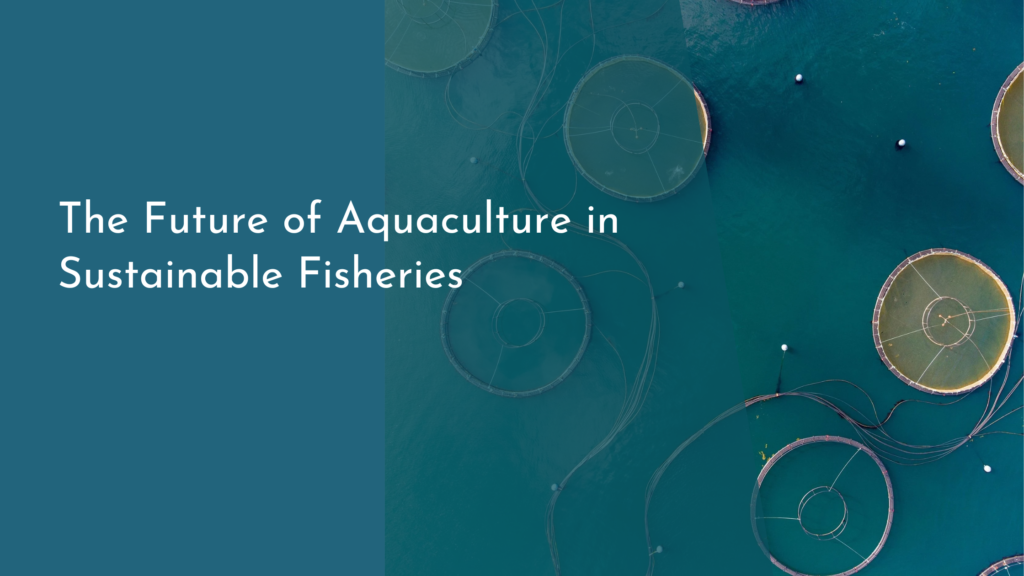Using Cacti and Succulents in Permaculture Design
Permaculture, a sustainable design system focused on mimicking natural ecosystems, offers innovative ways to grow food, conserve resources, and promote biodiversity. Among the diverse plant options available, cacti and succulents stand out for their resilience and adaptability to various climates. These remarkable plants not only enhance the aesthetic appeal of permaculture gardens but also provide practical benefits that align with sustainable living principles. This article explores the myriad advantages of incorporating cacti and succulents into permaculture design, along with creative methods to use them effectively in your garden.
Discover the Benefits of Cacti and Succulents in Permaculture
Cacti and succulents are renowned for their ability to thrive in arid conditions, making them perfect candidates for water-wise permaculture gardens. Their specialized adaptations, such as fleshy leaves and stems that store moisture, allow them to survive in environments where many other plants would struggle. By integrating these plants into your landscape, you can significantly reduce water consumption while still maintaining a lush, vibrant garden. This is especially beneficial in regions facing drought or water scarcity, as cacti and succulents allow for sustainable gardening without excessive resource use.
Additionally, these hardy plants contribute to soil health and biodiversity. Many cacti and succulents have deep root systems that help to stabilize soil, prevent erosion, and improve soil aeration. Their unique growth patterns and structures create habitats for various beneficial insects and microorganisms, fostering a balanced ecosystem. By attracting pollinators and other wildlife, cacti and succulents play a crucial role in increasing the resilience of your permaculture garden, ultimately leading to a more robust and sustainable environment.
Creative Ways to Incorporate Cacti in Your Garden Design
Designing a permaculture garden with cacti can be an exciting opportunity to unleash your creativity. One popular method is to create a rock garden that showcases various cactus species, allowing their unique shapes and colors to shine. By layering different sizes of rocks, gravel, and sand, you can create microclimates that protect your cacti from harsh conditions while enhancing visual interest. Use larger boulders to serve as focal points, and fill in the spaces with smaller cacti to create a stunning tapestry of textures and forms.
Another imaginative way to incorporate cacti is through vertical gardening. Installing wall-mounted planters or using repurposed pallets allows you to create a living wall that maximizes space while adding a striking visual element to your garden. This approach not only saves ground space but also encourages airflow around the plants, reducing the risk of rot or pest issues. Whether you adorn your patio, balcony, or front yard, the addition of cacti can elevate your garden design, making it both functional and aesthetically pleasing.
Succulents: Low-Maintenance Plants for Sustainable Living
Succulents are the epitome of low-maintenance gardening, making them an ideal choice for busy individuals who still want to embrace sustainable living. These plants require minimal watering and care, thriving in a wide range of conditions. With their ability to store water, succulents can easily survive occasional neglect, making them perfect for anyone with a hectic lifestyle. This resilience not only saves time and resources but also encourages more people to engage in gardening, as the pressure of constant maintenance is alleviated.
In addition to their easy-care nature, many succulents offer a variety of uses in a permaculture setting. Certain types, like aloe vera and agave, have medicinal properties, providing natural remedies for burns and skin irritations. Others can be utilized for culinary purposes, such as the edible leaves of certain sedums. By integrating these unique plants into your permaculture design, you can create a space that is both beautiful and functional, promoting a holistic approach to sustainable living.
Growing a Resilient Ecosystem with Cacti and Succulents
The integration of cacti and succulents into a permaculture garden not only enhances its aesthetic quality but also fosters a resilient ecosystem. These plants play a significant role in creating microhabitats that support a diverse array of wildlife. For instance, cacti produce beautiful flowers that attract pollinators like bees and butterflies, while their structure provides shelter for various insects and small animals. By cultivating a garden that is home to both cacti and succulents, you contribute to the overall health of your local ecosystem, promoting biodiversity and natural balance.
Moreover, the presence of cacti and succulents can help mitigate climate challenges. Their ability to withstand extreme temperatures and drought conditions means they can thrive in a changing climate, serving as a stabilizing force within your garden. By creating a diverse landscape that includes these hardy plants, you can foster a resilient ecosystem that not only survives but thrives, even in the face of environmental challenges. Embracing cacti and succulents in your permaculture design is a step toward creating a sustainable future for both your garden and the planet.
Incorporating cacti and succulents into your permaculture design offers a world of possibilities for creating a sustainable, beautiful, and resilient garden. From their low-maintenance nature to their ability to enhance biodiversity, these remarkable plants are perfect allies in the quest for a more sustainable lifestyle. As you explore creative ways to integrate them into your landscape, not only will you enjoy the benefits of these hardy plants, but you’ll also contribute to a healthier ecosystem. So go ahead, embrace the joy of gardening with cacti and succulents, and watch your permaculture dreams flourish!


